Features of military-technical cooperation within NATO
A significant part of NATO member states have their own defense industry or, at least, separate military enterprises. The products of such enterprises and industries are used to re-equip their own armies, and in some cases are exported within the Alliance and beyond. At the same time, trade and aid in arms within NATO has several characteristics.
Industrial potential
Currently, NATO includes 30 states in Europe and North America. More than two thirds of the Alliance members have at least separate defense industry enterprises. Less than a dozen countries have a more developed industry, including several different industries. And only individual countries can independently provide all their needs for military products.
The most developed defense industry in NATO and in the world is the United States. They manufacture a full range of modern weapons, ammunition and equipment for themselves and for export. At the same time, the American industry includes both its own enterprises and local branches of foreign organizations, which increases the overall potential of the industry.
According to the SIPRI Institute, last year France took the third place in the world in sales of military products (after the United States and Russia). Its industry, independently and within the framework of international cooperation, produces armored vehicles, missiles and other weapons. Various electronic systems constitute a significant part of the products. The German industry has similar capabilities, and it managed to maintain and develop the production of tanks and small arms weapons.
In recent years, Turkey has been actively developing its defense industry. There is already production of small arms, some types of armored vehicles, missiles, UAVs, etc. Efforts are being made to create our own school of tank and aircraft construction. However, in terms of general indicators, the Turkish industry is still lagging behind foreign colleagues.
Other countries also have certain production capabilities, but most often they are represented only in certain areas. In addition, a number of small states have only cartridge and repair factories. However, on the whole, the Alliance has all the necessary production capabilities and is quite self-sufficient in this regard. In practice, this potential is realized through numerous commercial and aid contracts between countries.
Land rearmament
The bulk of NATO supplies and sales are systems, weapons and equipment for the ground forces. In recent years, this market has witnessed a curious situation with some unexpected features.
Small arms production exists in a number of Alliance countries, but the United States remains the leader in this area. On a commercial basis and by way of assistance, the American side supplies friendly states with a wide range of samples produced by various companies. In parallel, the role of Germany, represented by Heckler & Koch, is growing. In recent years, France and Great Britain have added to the list of its buyers, which have curtailed their own production of basic infantry weapons.
Germany now occupies a special place in the field of armored vehicles. In recent decades, German-made tanks have become widespread in Europe, and many countries are now ordering Germany for their modernization. In addition, the German industry recently ordered the modernization of the British MBT Challenger 2. Other countries with tank production, incl. The United States cannot boast of such success. However, the American industry successfully competes in the NATO market with foreign manufacturers of armored vehicles and other similar equipment.
Most of the Alliance members operate artillery systems, self-propelled and towed, of American production. Accordingly, the modernization of such a fleet requires the involvement of the United States. At the same time, there are developments in the market from other countries - France, Germany, etc. In terms of the total number in service, they cannot yet compare with the American models, but they make up a significant share in new purchases.
Export in the air
Only half a dozen NATO members have their own aviation industry. Several more countries are involved in other people's projects as suppliers of individual components and assemblies. All this predetermines the specifics of sales and supplies of aviation equipment within the Alliance.
The bulk of NATO combat and support aircraft are of American origin. For example, the rather old F-16 remains the most massive fighter, and most of the transport tasks fall on the C-130. However, a significant part of the total aircraft fleet is made up of European-made equipment, such as the Eurofighter Typhoon fighters. In the field of helicopter technology, American and European products from different manufacturers are equally represented.
In recent years, the United States has been actively promoting its newest fighter, the F-35. Eight NATO countries wished to purchase such equipment, as a result of which contracts and agreements for 250-300 vehicles could appear. Turkey was excluded from the production program in 2020, but new customers are expected to appear. In general, it is expected that in the distant future, the F-35 will take a leading position in the NATO aircraft fleet and replace the current F-16.
However, European states are not going to completely give the market to American technology. Currently, international projects FCAS and Tempest are being developed, the goal of which is to create the next generation of fighters. They will not appear until the early thirties and may commercially surpass the current F-35.
In the field of aviation weapons, companies from the United States and Europe are fighting for contracts with approximately equal success. The American industry in this direction is represented by several major organizations, and most of the European projects are concentrated in the hands of the international consortium MBDA.
Interaction at sea
More than a dozen NATO countries have their own military shipbuilding and are capable of at least partially covering the needs of their navies. The best results in this area are shown by the USA, Great Britain, France, Germany and Italy. They cope with the construction and maintenance of fleets of the required size and capabilities on their own.
In addition, their industrial potential allows them to enter the international market and fulfill orders from other countries, incl. from the Alliance. A prime example of this is the German MEKO multipurpose ship project. For several decades, they have been built for their own navies and by order of third countries. Ships of this family were ordered by 4 NATO countries and 9 countries outside of it. Germany also helps the Allies on a commercial basis by building diesel-electric submarines.
The situation in the field of naval weapons has remained almost unchanged in recent decades. So, the most widespread are artillery systems of Italian and American production. Attack missiles are of American or French origin - Harpoon and Exoset. At the same time, American and European manufacturers are already working on a new generation of weapons.
Cooperation within the Alliance
Thus, within the framework of NATO, developed schemes of international military-technical cooperation have been created, established and are operating. Countries that have their own production of this or that product, re-equip their army, and at the same time contribute to the rearmament of friendly states. Processes of this kind are observed in all main directions.
Since the founding of the Alliance, the United States has been the main exporter of weapons and equipment. They have a developed defense industry with the widest possible capabilities, capable of fulfilling any incoming orders. In addition, a large military budget provides for costs both for its army and for helping the allies. As a result, the United States still retains its status as the main supplier within NATO - with certain economic, political and other positive consequences.
Some of the countries of the Alliance, not relying on international cooperation, to the extent of their strength and capabilities, preserve and develop their industry. In addition, they strive to obtain new lucrative contracts from "domestic" and foreign customers. These goals are being successfully achieved, but there is still a significant gap with the United States in all respects.
Apparently, this situation will not change in the future. The United States will retain the status of the de facto political and military-technical leader of NATO, while other countries will remain on the sidelines. However, this state of affairs can be beneficial for all parties. Regardless of different circumstances, the armies retain the opportunity to purchase the necessary products, and its manufacturers do not remain without potential customers.
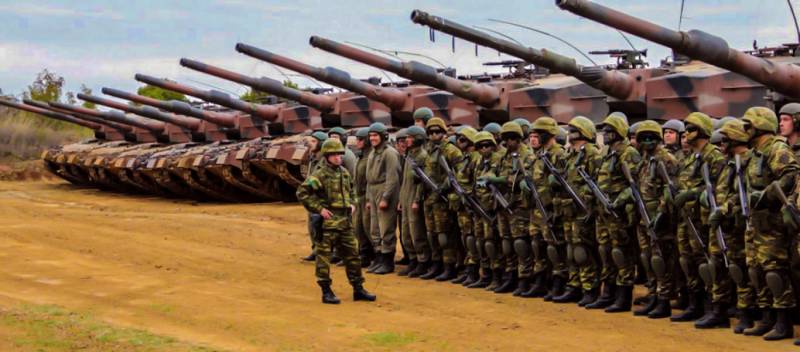
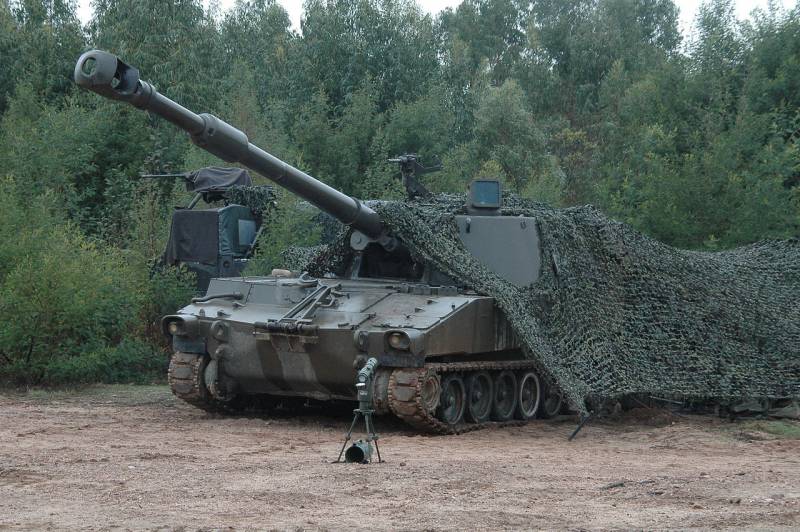
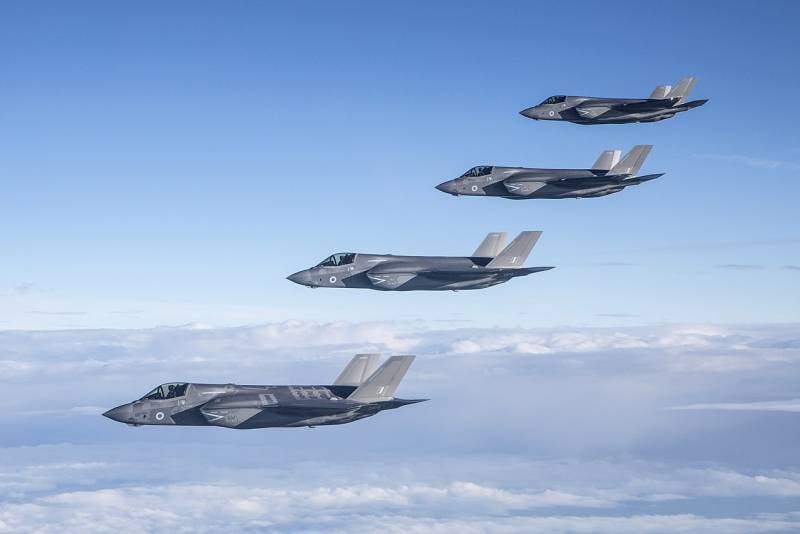
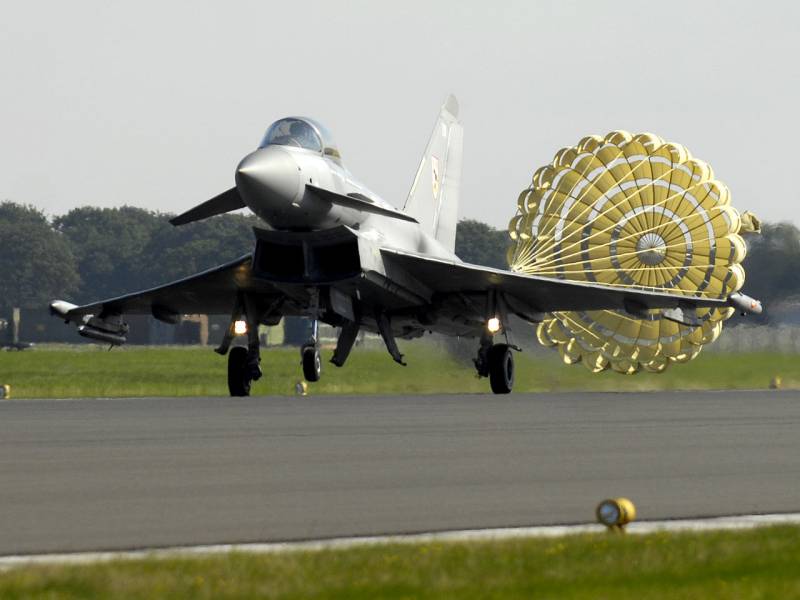
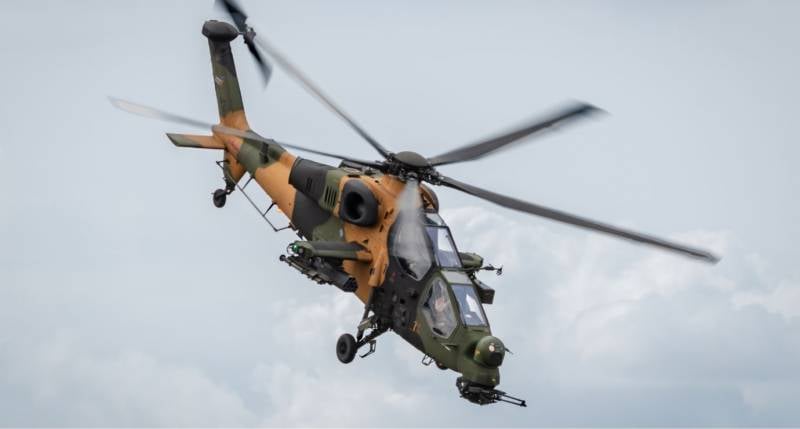
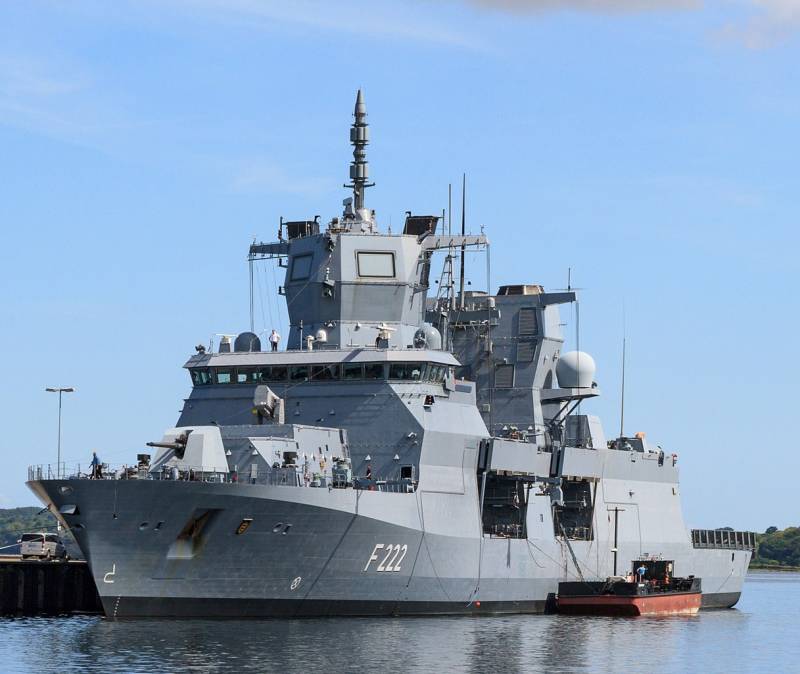
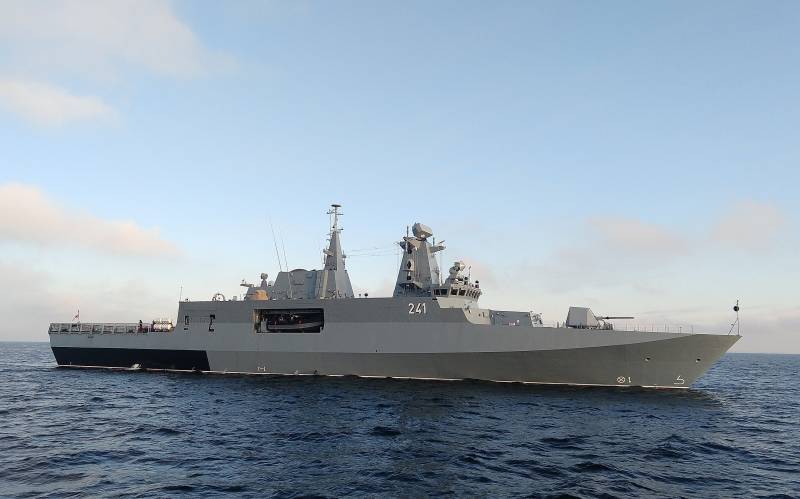
Information